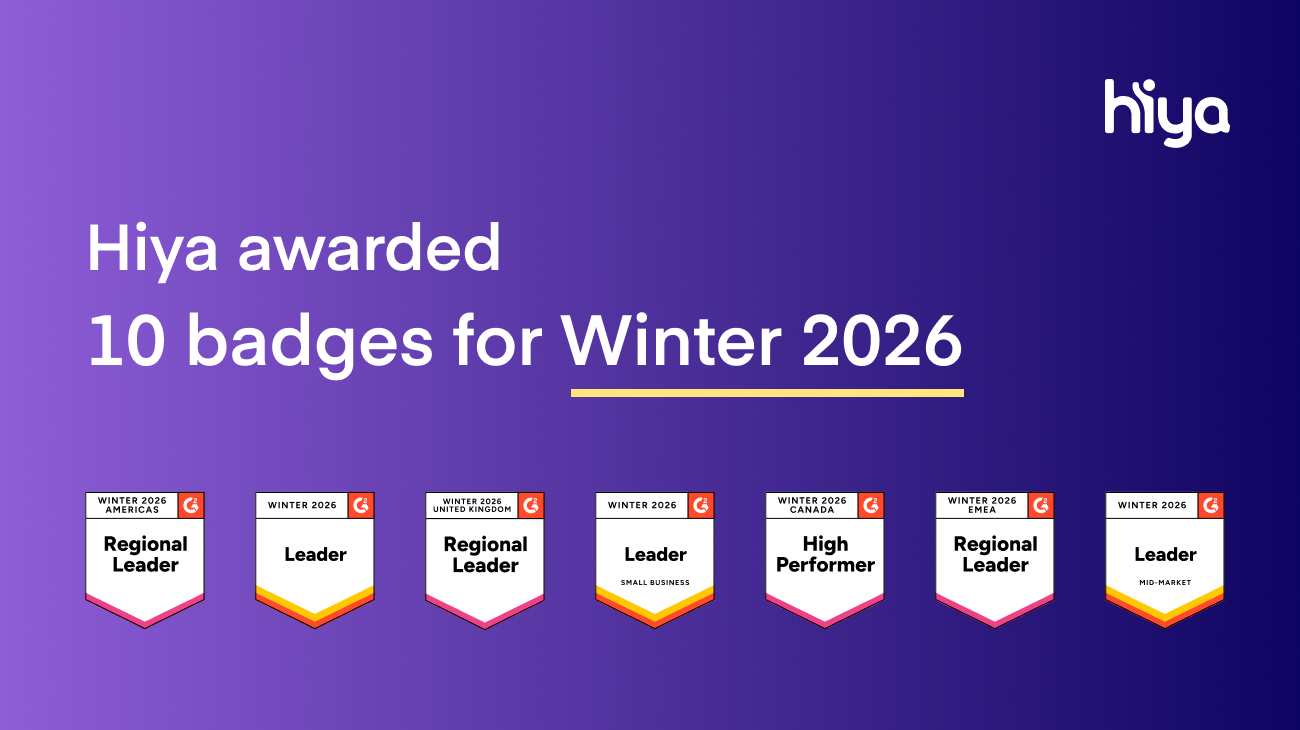
Smartphones keep us conveniently connected to the world, but fraudulent calls cause problems for many consumers. Criminals employ persuasive techniques, from impersonating authoritative figures to crafting compelling stories that prey on people's fears and desires.
While scam calls take various forms, one particularly insidious tactic has been gaining prominence—fraud calls claiming to be from the Consumer Council.
If you find yourself asking, “Why is the Consumer Council calling me?” refrain from providing any information before doing some digging. This article takes a deep dive into these calls and how consumers, enterprises, and carriers can fight back.
What is the Consumer Council scam?
The American Consumer Council is a non-profit membership organization dedicated to consumer education, advocacy, and financial literacy. Scammers claim to be with the Consumer Council to gain sensitive information from consumers, ultimately preying on the vulnerability and trust of unsuspecting individuals.
Unfortunately, these actors are using the face of a system designed to protect the consumer while exploiting people instead, which is why some consumers fall for this scam. They may use official-sounding language and claim to be investigating a consumer complaint or offering assistance with a consumer-related issue, especially regarding healthcare, debt relief, insurance, or even job opportunities.
For example, scammers impersonating the Consumer Council have preyed on victims by telling them that online retail shops they’d visited had violated the Trade Descriptions Ordinance. During these calls, the scammers asked the recipients for their online bank account numbers and passwords under the pretense that they were handling a case.
Even though this may have sounded legitimate to an unsuspecting recipient, scammers can take their private information and make all kinds of purchases or engage in other illegal activities.
Fraudulent Consumer Council calls impersonate an authority figure and use tactics such as:
- Creating a sense of urgency: To manipulate victims into taking immediate action, scammers frequently employ high-pressure tactics. They might warn of impending legal action, fines, or the suspension of services if the victim does not cooperate promptly.
- Requesting personal information: Scammers will often ask for personal information such as social security numbers, bank account details, credit card numbers, or other sensitive data under the guise of verifying the victim's identity or resolving an issue.
- Demanding payment: In some cases, scammers may demand payment for supposed services or fees. They may ask for payment via wire transfers, prepaid debit cards, or other untraceable methods, making it difficult for victims to recover their money.
- Threats and intimidation: To maintain control over their victims, scammers may resort to threats, intimidation, or scare tactics. They may claim that failure to comply will result in legal consequences or damage to the victim's credit score.
How to tell the call is a scam
Now that we know what these scam calls can sound like, how else can consumers protect themselves and their information? Aside from being more aware of these fraudulent phone calls, consumers can also gain a better understanding of the real purpose and behaviors of the Consumer Council.
For instance, the Consumer Council has said it does not initiate contact with consumers. If a caller claims to be from the Consumer Council, be cautious and call the hotline (852)-2856-3113 to verify their authenticity before providing any information.
It’s also important to remember that just because a caller knows personal information about you doesn’t mean you can trust them. Scammers can acquire public personal information, so they can so persuasively pose as an authority figure over the phone. Consumers should refrain from disclosing further sensitive information until they have verified their true identity.
Keep in mind that this organization's official authorities will not try to get sensitive information over the phone like your bank account password, nor will they request that you transfer money to a random bank account—asking for those details is a red flag.
If callers posture themselves as officers of law enforcement or government organizations and want personal information, get in contact with the official offices of the respective agencies or organizations and verify their identities.
Fight back against scam calls
There will always be scammers looking to manipulate the public, even if it means impersonating organizations designed to help the public. To tackle this threat from every angle, consumers should educate themselves on common scam tactics like Consumer Council impersonation and ensure their own phone lines are protected.
To do that, individuals can check with their phone carrier to see if it offers protection from spam and fraud calls, such as a call protection service powered by Hiya Protect. Consumers can also download the Hiya app to protect themselves from spam and fraud calls.
Carriers can shield their customers from phone scams like these by adding Hiya Protect, which blocks or labels spam and scam calls with high accuracy and without blocking essential calls. Not only does it reduce crime over the phone, but many phone carriers, mobile phone manufacturers, and network providers adopt Hiya Protect to bolster their customer satisfaction and business offerings.
Enterprises can do their part to help their customers feel safe answering the phone by adding Hiya Connect, which enables businesses to display their company name, logo, and reason for the call on the recipient’s mobile phone. Branded caller ID identifies who is calling so customers will not be afraid to answer their phones when your business tries to reach them.
According to Hiya’s State of the Call 2023, 87% of consumers think unidentified calls are fraud—so adding branded caller ID is key to getting through to more of your customers.
When evaluating branded caller ID solutions, there are a few questions you should ask. Get the full list and make the best decision for your organization by checking out our Branded Call Checklist and Buyer's Guide.



